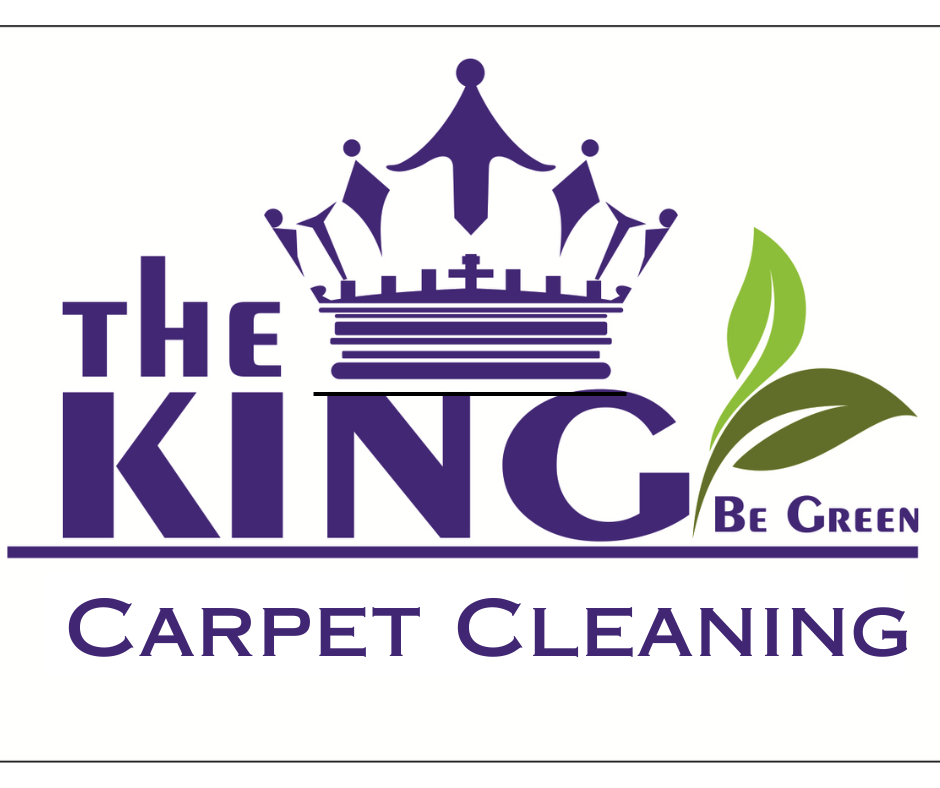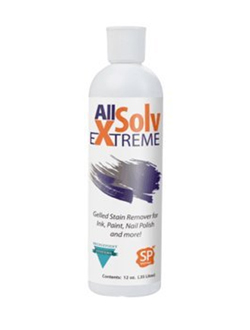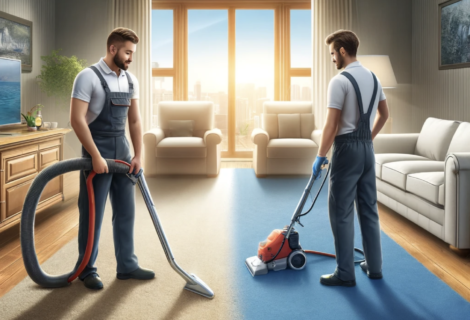Effective stain removal
Most stains can evolve from a small problem to a larger one. Here's how to prevent it.
There's nothing worse than applying solvent to a tiny spot and watching it grow into the size of a basket ball — or larger stains, because of the "hidden" reservoir of potential staining materials, are a challenge for carpet and furniture cleaners.
Remember that even the smallest stains has the potential to grow 100 times its size — and even bigger.
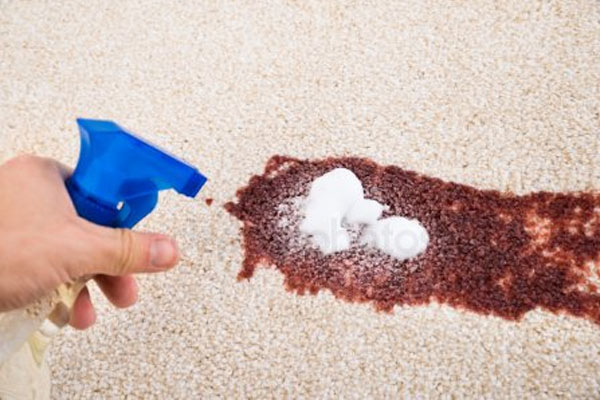
Simply having the knowledge that stain spreads means you can prepare and prevent this from happening.
Containing stain from spreading can be compared to your work in water damage restoration.
A spreading problem
Water damage restoration technicians know that moisture likes to move to dry areas.
Think of applying a few drops of water to a dry paper towel.
The water hits the towel and immediately spreads out, searching for dry material.
That's what stain does. As you "release" the stain, transferring it from a relative solid into a fluid, it searches out dry material. The dry, currently unstained area of fiber around becomes stained.
This is where containment is important.
Containment steps
Surround the stain with a barrier.
By doing this, you are creating an area around the stain that is less likely to become stained. Filling the fibers with moisture means the stain will not spread as easily.
Water will work as a barrier, but even better is a mixture of hydrogen peroxide and ammonia.
Most recommend mixing the peroxide and ammonia 50/50, but often a few drops of ammonia will work.
Remember, the ammonia is simply the accelerant for the peroxide. It's the peroxide that is going to be doing the work in the stain removal.
If you are cleaning a natural fiber — typically found in furniture — skip the ammonia. The high pH of ammonia can cause damage to natural fibers such as wool, cotton, linen and others.
Once the spot is surrounded with a barrier, apply a solvent to dissolve the stain. As the stain starts to spread, use an eyedropper or syringe and "push" the stain back to the middle with your peroxide barrier.
Extract often.
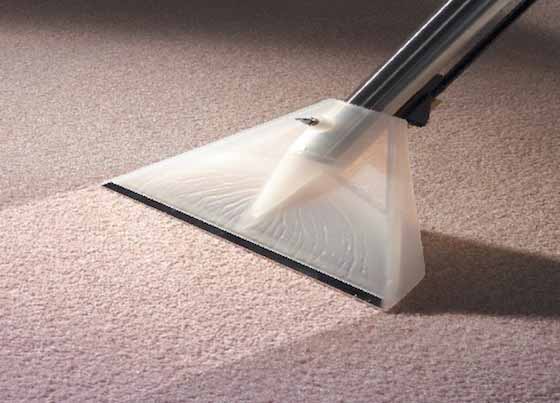
Keep repeating this process until the stain is gone. Besides extraction, you will notice that the peroxide/ammonia mixture helps remove the stain's coloring.
Get solvents
The obvious benefit is that they don't allow the stain to spread as easily, keeping the stain contained and making the removal process easier.
Apply the gel solvent to the stain and work the chemical into the stain with a spatula or spotting tool. Rinse with very hot water and detergent often until the stain is removed.
Although at times not as concentrated as liquid dry solvents, gel solvents are also effective in removing stains. check for some solvents here: https://www.thekingcarpetcleaning.com/products-all/
Any remaining residue can often be removed with an application of peroxide and ammonia.
Flushing method
Some cleaners find success by taking the hose cuff and creating vacuum on one side of the stain and applying small amounts of dry solvent directly the stain.
By keeping airflow and vacuum pulling across the stain, the solvent dissolves the stain and the residue is removed from the carpet and into the cleaning machine, whether portable or truckmounted. Always be mindful of fumes when using this procedure.
Another way to do this is to apply a small amount of dry solvent and immediately vacuum it off the carpet, multiple times, until the stain is removed.
